Charles Noel Flagg

Charles Noel Flagg (1848-1916)
“A Hartford Biography”
© Gary W. Knoble, 2014
Charles Noel Flagg was one of the most influential teachers of the “Hartford Art Colony”. From the creation of the Flagg Night School for Men in 1887 until his death in 1916, he taught almost every young artist in Hartford.
Flagg was born in Brooklyn Heights, NY December 25, 1848. His family numbered many painters including his father Jared Flagg, a half uncle Washington Allston, his uncles George Flagg and Henry Flagg, and his half brother Montague Flagg (not to be confused with Monteague Flagg, the illustrator). He was educated in the New Haven, Connecticut public schools. He moved to Hartford in 1868 to paint portraits where he met Horace Bushnell who encouraged him. (At about the same time Bushnell was also encouraging Robert Brandegee to pursue a career as a painter, contrary to the advice of Mark Twain and Reverend Joseph Twitchell.)
Flagg went to Paris in 1872 to study with Jacquesson del la Chevreuse along with his older half brother Montague Flagg, and his Hartford friends William Bailey Faxon, Dwight Tryon and Robert Bolling Brandegee. Other Hartford artists who studied with del la Chevreuse include Charles Ethan Porter , Thomas Brabazon, and Charles Foster.
He returned to Hartford in 1887 to set up a studio in Room 27 of the Cheney Towers (now the Brown Thompson building). William Gedney Bunce was in a neighboring studio. Flagg created the Flagg Night School for Men, which was incorporated as the Connecticut League of Art Students in 1895. The League organized exhibits and other activities, including an orchestra that Flagg was very proud of. James Britton in his diaries remembers this orchestra. Brandegee and his wife, an accomplished musician, were frequent participants. Even James McManus, who could not read music, participated by playing the drum, cued by Britton. Flagg was a founder and first Secretary of the Society of Hartford Artists (1892).
In 1904, Flagg headed the committee on paintings that selected the paintings to be hung in the Connecticut Pavilion of the 1904 World’s Fair in St. Louis. His Hartford colleagues and students were will represented. The exhibition included paintings by Brandegee, William Gedney Bunce, Carl J. Dietrich, Mabel Bacon Plimpton English, Jared Flagg, Montague Flagg, Foster, Henry F. Gernhardt, Edwin A . Moore, Rosell Morse Shurtleff, Frances Hudson Storrs, Allen Butler Talcott, Henry Cooke White, and Daniel F. Wentworth.
In the spring of 1910, a group including Flagg, James Goodwin McManus, Carl Ringius, Ralph R. Seymour, and James Britton met at the home of William H. Smith. They laid initial plans to form the Connecticut Academy of Fine Arts with Flagg as the first President.
His students included Milton Avery, Paul Weyland Bartlett, Aaron Berkman, Thomas Brabazon, James Britton, Russell Cheney, Carl J. Dietrich, Alfred J. Eaton, Mabel Bacon Plimpton English, Henry F. Genhardt, Harold Abbott Green, Albertus E. Jones, James Goodwin McManus, Clinton O’Callahan, Louis Orr, Dawson Dawson Watson, Willam A. Patty, William Sherman Potts, Carl Ringius, Paul Saling, Piero Tozzi, and Henry Cooke White,
He was also the first President of the Hartford Municipal Arts Society, which, under his leadership was involved in the successful effort to prevent the demolition of former state capitol, (now called The Old State House).
In 1916 he was living at 234 Washington Street and his studio was at 904 Main Street.
Flagg was known primarily as a portrait painter. He painted many portraits of the leading families in Hartford and other cities. Related to the Vanderbilts, he had easy entry into the world of high society.
According to the outspoken and often contrary Britton, he was a stern, demanding, and sometimes demeaning teacher. Britton observes in his diaries, “Flagg broke down every talent that came under him. He sneered the courage out of every student in his school and it seemed as though he lured every talent into his school to kill it.” Britton quotes Walter Griffin as saying, “Charlie’s game was very picturesque and interesting that he came very near making a great place in Hartford but that he hadn’t enough behind him. He wouldn’t stand with the boys he taught when he should have.” Difficult or not, it is hard to overstate the influence Flagg had on several generations of Hartford painters, and the Hartford art scene in general.
In 1916 Flagg’s two closest artist friends, Henry Ward Ranger and William Gedney Bunce died in rapid succession. Bunce was struck and mortally injured by an automobile on Farmington Ave. in Hartford on November 5, 1916, one of the first recorded automobile accident fatalities in Hartford. (Ironically, James Britton was also stuck and seriously injured by an automobile on nearby Asylum Ave. in March of 1928.) Flagg died a few days later on November 11, 1916. His pallbearers were James Goodwin McManus, W. H. Smith, A. E. Jones, Carl Ringius, Thomas Brabazon, and Ralph R. Seymour, all alumni of the Connecticut League of Art Students.
American Art News Vol. 15, No. 6, Nov. 18, 1916 pg. 4
“Connecticut, a Guide to its Roads, Lore, and People”, 1938
Britton, James, “Diaries, in James Britton Papers”, Smithsonian Archives of American Art,
Kornhauser, Elizabeth M., American Paintings Before 1945 in the Wadsworth Atheneum, “Paintings and Sculpture in the Collection of the National Academy of Design”, 2004, pg. 192
Perkins, Helen D., “The Connecticut Historical Society Bulletin,” Volume 40, Number 4, October 1975
Perry, E Warren, Researcher. Smithsonian National Portrait Gallery, AskART, Charles Noel Flagg,


![Harriet Smith Brown [Mrs. Horace Brown],1949.35](/internal/media/dispatcher/17001/thumbnail;jsessionid=158D3BEC43F35F47D5D4FA8BC5CD1B46)
